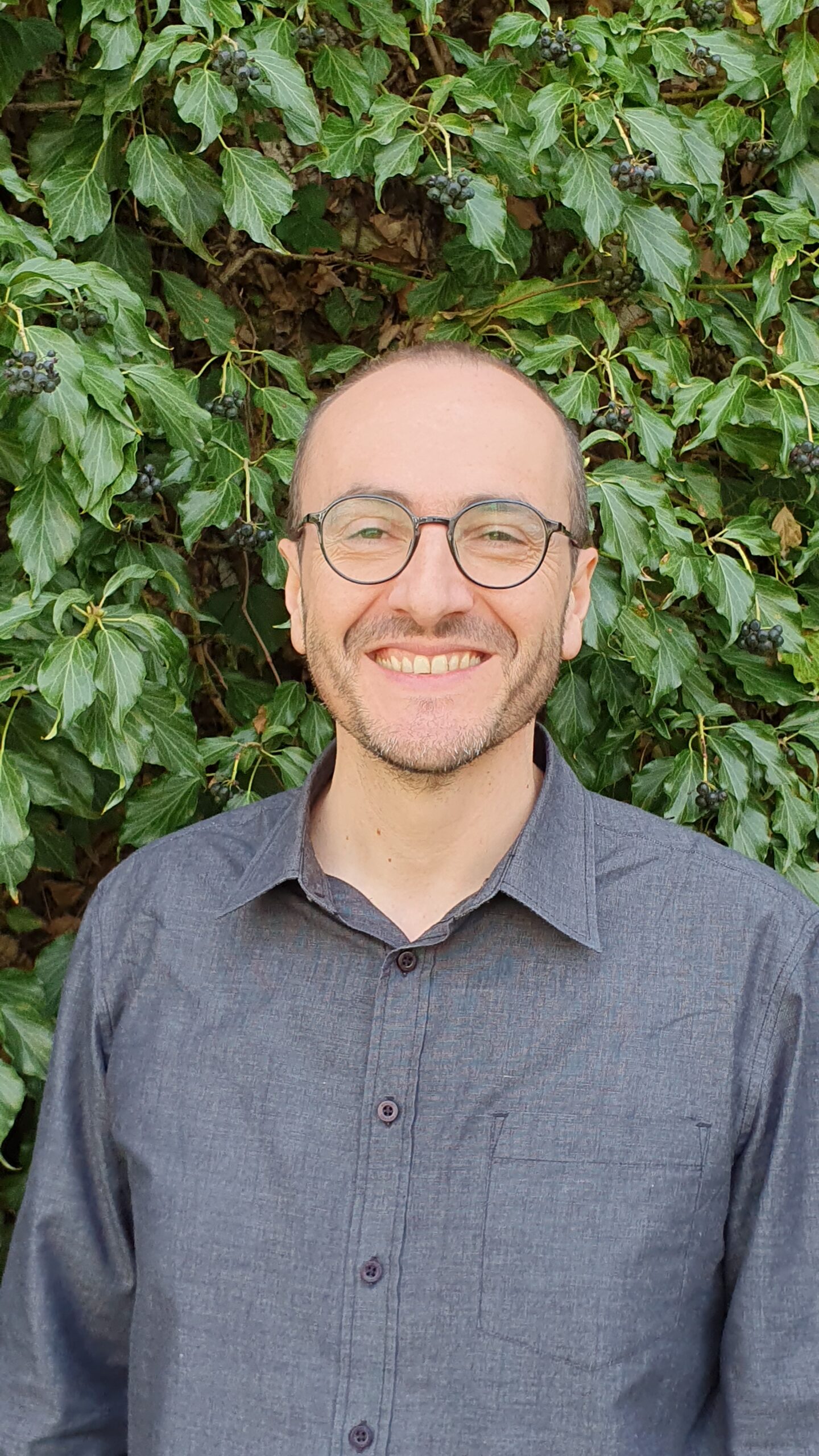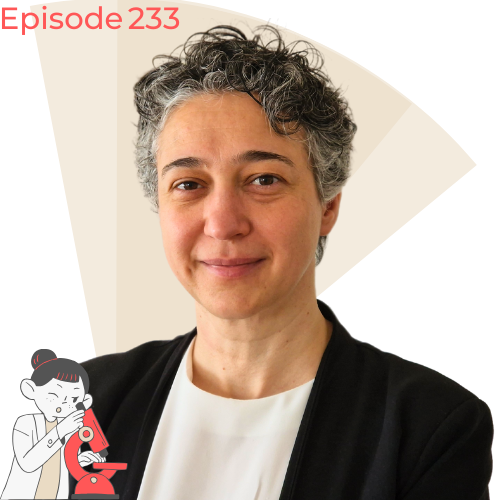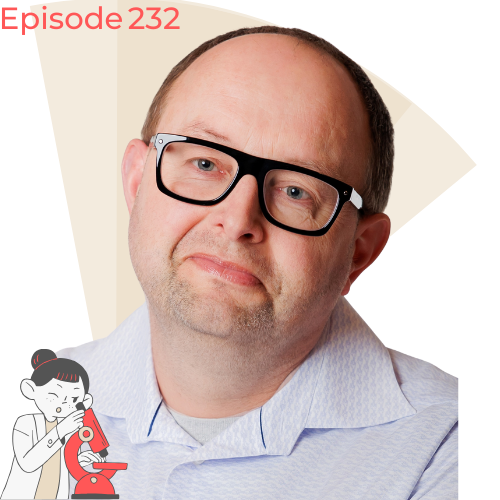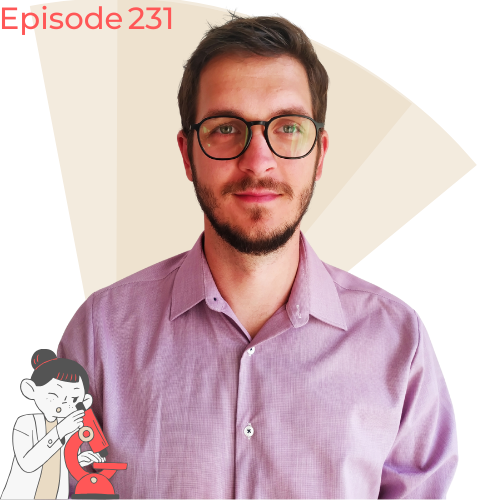In this blog post, we explore the captivating research of quantum dots with Professor Armando Rastelli. Discover his career journey, favorite experiments, and the fascinating applications of quantum dots in secure communication and beyond. Armando’s insights offer a unique glimpse into the life of a modern scientist.
About the Guest:
Armando Rastelli
Professor Armando Rastelli is a renowned scientist in the field of semiconductor physics, currently based at Johannes Kepler University Linz in Austria. With an impressive background in studying the optical properties of quantum dots, Armando’s research has significant implications for the future of secure communication and quantum technologies. His journey includes international experiences and a deep passion for uncovering the mysteries of these tiny particles.

Professor Armando Rastelli is a renowned scientist in the field of semiconductor physics, currently based at Johannes Kepler University Linz in Austria. With an impressive background in studying the optical properties of quantum dots, Armando’s research has significant implications for the future of secure communication and quantum technologies. His journey includes international experiences and a deep passion for uncovering the mysteries of these tiny particles.
Watch on YouTube
Listen on Spotify
5 Key Takeaways from this Episode of Under the Microscope:
- Understanding Quantum Dots: Quantum dots are tiny semiconductor particles with unique optical properties dependent on their size, used in applications from TV screens to secure communication.
- Research Applications: Armando’s team creates quantum dots and studies their properties to explore potential technological applications, such as optoelectronic devices and single-photon sources for secure communication.
- Career Journey: Armando’s path to becoming a professor involved various international experiences, from working in an underground lab in Italy to research positions in Switzerland, Finland, and Germany.
- Beyond the Lab: Life as a scientist includes exciting experiments but also involves waiting for rare particles and overcoming potential frustration in research.
- Future of Quantum Dots: The future applications of quantum dots could revolutionize secure communication by using single photons to create and distribute secure encryption keys.
In this episode, we cover:
Armando’s Research:
Dive into the world of quantum dots, tiny semiconductor particles that have unique optical and electronic properties. Armando explains how these properties change with the size of the quantum dots, making them useful for a range of applications. Learn about the cutting-edge techniques his team uses to create and study these fascinating structures.
Armando’s Career Journey:
From his early days disassembling gadgets to his current role as a professor, Armando’s journey is filled with diverse experiences. He has worked in underground labs in Italy, held research positions in Switzerland, Finland, and Germany, and now leads a team at Johannes Kepler University Linz. His story is one of passion, persistence, and international collaboration.
Armando’s Favorite Research Experiment:
Among the many experiments Armando has conducted, his favorite involves exploring the optical properties of quantum dots. This experiment not only deepened his understanding of these particles but also opened up new possibilities for their application in technologies such as single-photon sources, which are crucial for secure communication.
Life as a Scientist – Beyond the Lab:
Armando shares insights into the daily life of a scientist, which goes beyond just conducting experiments. It includes international collaborations, teaching, mentoring students, and overcoming the inevitable challenges and frustrations that come with research. Armando emphasizes the importance of patience and resilience in the scientific field.
Armando’s 3 Wishes:
In a light-hearted segment, Armando reveals his three wishes for the future of his research and the scientific community. These include advancing the understanding of quantum dots, fostering more international collaborations, and inspiring the next generation of scientists.
Armando’s Time on RealSci_Nano:
Armando reflects on his experiences with the RealSci_Nano project, highlighting its role in bridging the gap between complex scientific concepts and public understanding. He discusses how the project has helped him communicate his research to a broader audience and the impact it has had on his career.
Join the Conversation
Follow & listen to “Under the Microscope” on Spotify, Apple Podcasts, Castbox, Amazon Music, Goodpods.
Got your own favourite podcast app? Follow the RSS link to find Under the Microscope.
Watch the video of all Under the Microscope episodes on The Science Talk’s YouTube channel. While you are at it, make sure to subscribe to our YouTube Channel.
Would you like feature on Under the Microscope podcast? Get in touch!



